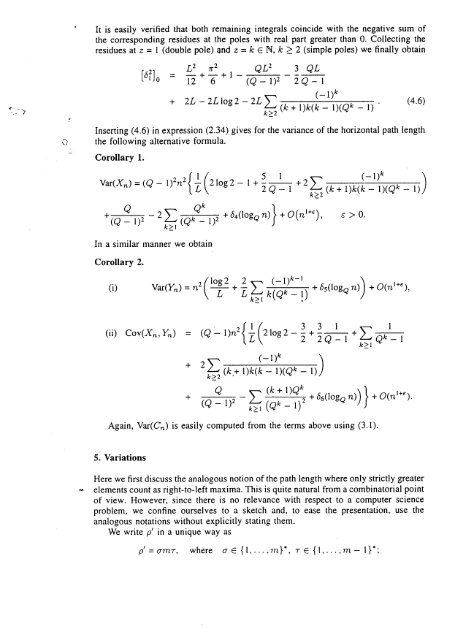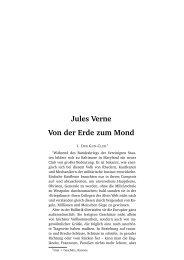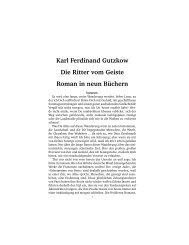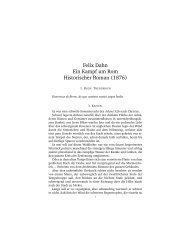The path length of random skip lists - Institut für Analysis und ...
The path length of random skip lists - Institut für Analysis und ...
The path length of random skip lists - Institut für Analysis und ...
You also want an ePaper? Increase the reach of your titles
YUMPU automatically turns print PDFs into web optimized ePapers that Google loves.
It is easily verified that both remaining integrals coincide with the negative sum <strong>of</strong><br />
the corresponding residues at the poles with real part greater than 0 . Collecting the<br />
residues at z = I (double pole) and z = k E N, k > 2 (simple poles) we finally obtain<br />
L 2 .2 QL 2 3 QL<br />
[62] '0 - 12 + 6 +1- (Q -1) 2 2Q-1<br />
+ 2L - 2L log :2 - 2L E (- I)k k - (4 .6)<br />
(k + 1)k(k - 1)(Q 1)<br />
Inserting (4 .6) in expression (2 .34) gives for the variance <strong>of</strong> the horizontal <strong>path</strong> <strong>length</strong><br />
the following alternative formula .<br />
Corollary 1 .<br />
Var(Xn ) _ (Q - 1)2n22 2 log 2 - 1 +<br />
L<br />
k<br />
5 Q11<br />
1:<br />
+ 2<br />
(k + 1)k(k _-1 1)(Q k - 1) )<br />
k>2<br />
+(Q<br />
Q 1)'<br />
k l<br />
Q 1)2 + 64(logQ n) } + O(n'+E)<br />
- 2<br />
k k>I<br />
(Q<br />
e > 0 .<br />
In a similar manner we obtain<br />
Corollary 2 .<br />
G)<br />
Var(Y,,,) _ n2<br />
_ k I<br />
log 2 2 k ( Q1)-1<br />
k> .)<br />
+ 6 5 (logQ n) + O(n'<br />
+E ),<br />
(ii) Cov(Xn , Yn ) = (Q - 1)n2 { L (2log2- 2 + 2 1 + 1 1<br />
k>2<br />
Q 1<br />
+ 2E<br />
(-I)k<br />
k>2<br />
(k,+ 1)k(k - 1)(Qk - 1))<br />
Q<br />
(Q - 1) 2<br />
k> I<br />
Q k -<br />
(k + I )Q k , .<br />
+ b6(log Q n)) + O(n")<br />
(Qk -<br />
1 )-<br />
Again, Var(CC ) is easily computed from the terms above using (3 .1) .<br />
5. Variations<br />
Here we first discuss the analogous notion <strong>of</strong> the <strong>path</strong> <strong>length</strong> where only strictly greater<br />
elements count as right-to-left maxima . This is quite natural from a combinatorial point<br />
<strong>of</strong> view . However, since there is no relevance with respect to a computer science<br />
problem, we confine ourselves to a sketch and, to ease the presentation, use the<br />
analogous notations without explicitly stating them .<br />
We write p' in a unique way as<br />
p'=amrr, where or E {1, . . .,m}*, -r E {1, . . .,m-







